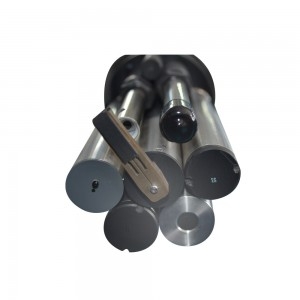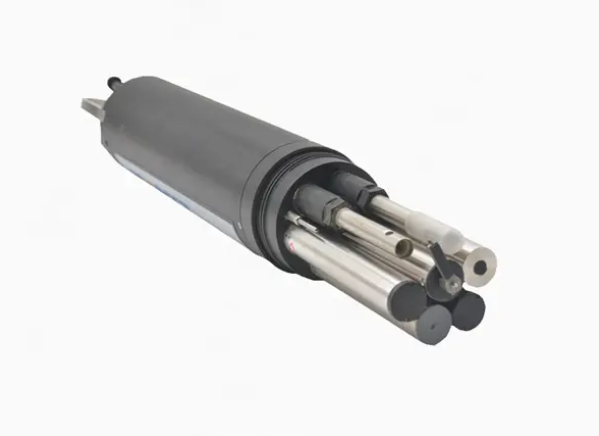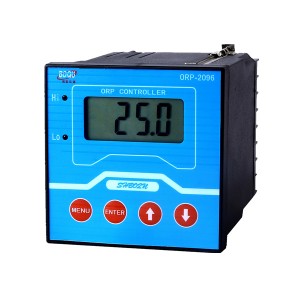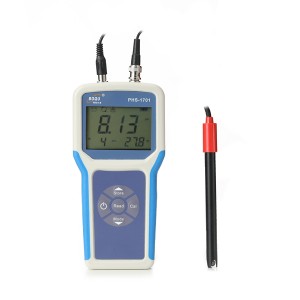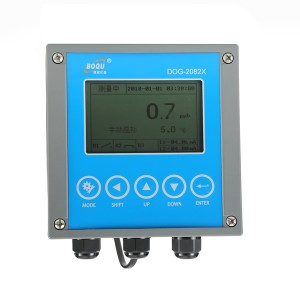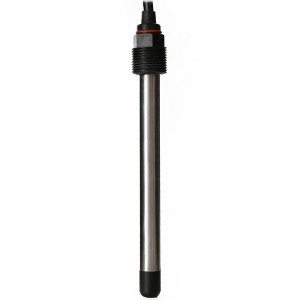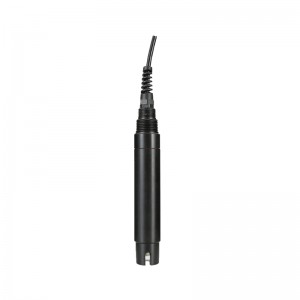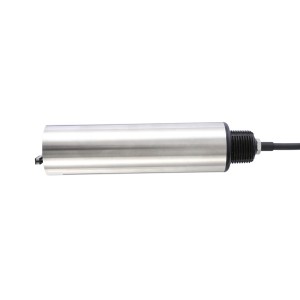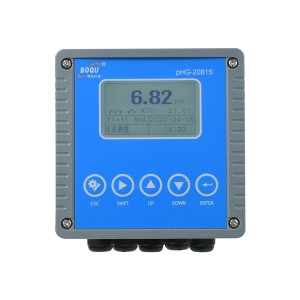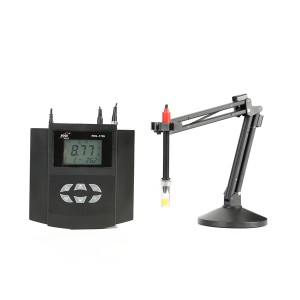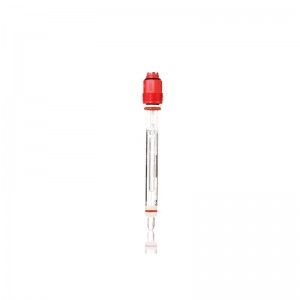An IoT water quality sensor is a device that monitors the quality of water and sends the data to the cloud. The sensors can be placed in several locations along a pipeline or pipe. IoT sensors are useful for monitoring water from different sources such as rivers, lakes, municipal systems, and private wells.
If you want to know more about it, this blog is for you!
What Is An IoT Water Quality Sensor? What Can It Do For You?
An IoT water quality sensor is a device that measures various water quality parameters, such as pH, temperature, dissolved oxygen, conductivity, and turbidity, and sends the data to the internet for remote monitoring and analysis.
Here are some key benefits and features of IoT water quality sensors:
Real-time water quality monitoring:
IoT water quality sensors can help detect and monitor water quality issues in real-time, allowing for prompt responses to prevent health hazards or environmental damage.
Reduced costs and labor:
They can also reduce the costs and labor associated with manual water quality monitoring.
Wide range of parameter measurement:
IoT water quality sensors can measure a wide range of parameters, including pH, temperature, dissolved oxygen, turbidity, conductivity, total dissolved solids (TDS), chemical oxygen demand (COD), biochemical oxygen demand (BOD), and more.
Flexible water source application:
They can be used in various water sources, such as rivers, lakes, oceans, and even wastewater treatment plants.
Various applications:
IoT water quality sensors can be used for a wide range of applications, including environmental monitoring, water treatment, aquaculture, agriculture, and research.
They can also be used for the early detection of waterborne diseases, such as cholera and E. coli, and for monitoring the impact of industrial and agricultural activities on water quality.
In conclusion, IoT water quality sensors are a valuable tool for monitoring water quality and protecting human health and the environment. They provide real-time data and can be used in a variety of settings and applications, making them a versatile and effective solution for water quality management.
What Are Some Factors To Consider When Selecting An IoT Water Quality Sensor?
When selecting an IoT water quality sensor, there are several factors to consider. These include:
- Water quality parameters: Determine the water quality parameters that you need to measure, and ensure that the sensor can measure those parameters accurately.
- Accuracy and precision: Check the accuracy and precision of the sensor and ensure that it meets your requirements.
- Durability and lifespan: Consider the sensor’s durability and lifespan, especially if it will be used in harsh environments or for long-term monitoring.
- Ease of installation and maintenance: Look for a sensor that is easy to install and maintain, with user-friendly software and simple calibration procedures.
- Data communication and storage options: Consider the data communication and storage options that the sensor provides, and ensure that they are compatible with your monitoring needs and infrastructure.
BOQU’s 6-in-1 Multi-parameter digital IoT Water Quality Sensor is a high-quality sensor that offers many benefits for water quality monitoring. Here are some of its key features and benefits:
- Real-time monitoring of multiple parameters:
The sensor can measure multiple parameters simultaneously, including temperature, water depth, pH, conductivity, salinity, TDS, turbidity, DO, chlorophyll, and blue-green algae. This enables real-time monitoring of water quality, which can help detect issues early and prevent further damage.
- Online and long-term monitoring:
The sensor is suitable for long-term online monitoring and can store up to 49,000 test data records. This makes it an ideal solution for continuous monitoring of water quality over time.
- Flexible and customizable:
The sensor can be customized to meet specific requirements and can be easily connected to an existing network for online monitoring. This flexibility allows for tailored monitoring solutions that meet specific needs.
- Self-cleaning system:
The optional self-cleaning system ensures accurate data for a long time by preventing fouling or buildup on the sensor. This helps maintain sensor accuracy and reliability over time.
- Easy maintenance:
The sensor can be easily maintained with quick and simple electrode replacement in the field. This makes maintenance simple and efficient, reducing downtime and ensuring reliable data.
- Flexible sampling interval:
The sensor can be set to optimize work/sleep time and reduce power consumption. This feature enables efficient power use, making the sensor ideal for remote or hard-to-reach locations.
How Can IoT Water Quality Sensors Contribute To Sustainable Water Management?
IoT water quality sensors can play a crucial role in sustainable water management by providing real-time data and enabling proactive management strategies. Here are some ways in which IoT water quality sensors can contribute to sustainable water management:
Early detection of water quality issues:
By providing real-time data on water quality, IoT water quality sensors can help detect and respond to water quality issues early, preventing further damage to human health and the environment.
Efficient water use:
IoT water quality sensors can help optimize water use by providing data on water quality and quantity, allowing for efficient water allocation and management.
Reduced water pollution:
IoT water quality sensors can help identify pollution sources and monitor the effectiveness of pollution control measures, reducing the impact of human activities on water quality.
Improved water treatment:
IoT water quality sensors can help optimize water treatment processes by providing real-time data on water quality, enabling faster and more effective responses to changes in water quality.
What Are Some Potential Challenges With Using IoT Water Quality Sensors?
While IoT water quality sensors offer many benefits, there are also some potential challenges that need to be addressed. Here are some common challenges and tips for addressing them:
Maintaining accuracy and reliability:
Maintaining sensor accuracy and reliability over time can be a challenge, as factors such as environmental conditions, sensor drift, and fouling can affect the sensors’ performance. Regular calibration and maintenance, as well as using sensors with self-cleaning mechanisms or anti-fouling coatings, can help address these issues.
Secure and reliable data transmission:
Ensuring secure and reliable data transmission can be a challenge, particularly in remote or harsh environments. Using sensors with robust data encryption and authentication mechanisms, as well as implementing redundant data transmission channels, can help ensure data security and reliability.
Managing large amounts of data:
IoT water quality sensors can generate large amounts of data, which can be challenging to manage and analyze. Implementing data management and analysis tools, such as cloud-based platforms or machine learning algorithms, can help streamline data processing and generate useful insights.
Final words:
Overall, BOQU’s 6-in-1 Multi-parameter digital IoT Water Quality Sensor offers a reliable and efficient solution for real-time water quality monitoring, with a range of customizable features to meet specific monitoring needs.
If you want to bring safer water quality to your business, BOQU’s IoT Water Quality Sensor will be an excellent choice for both quality and price!
Post time: Apr-12-2023

